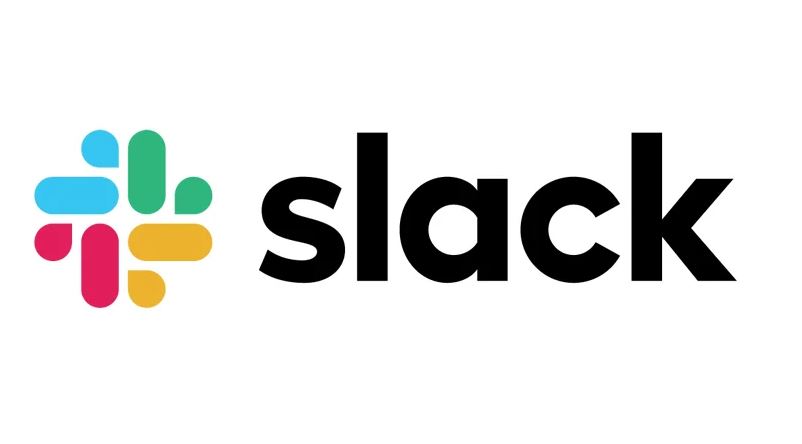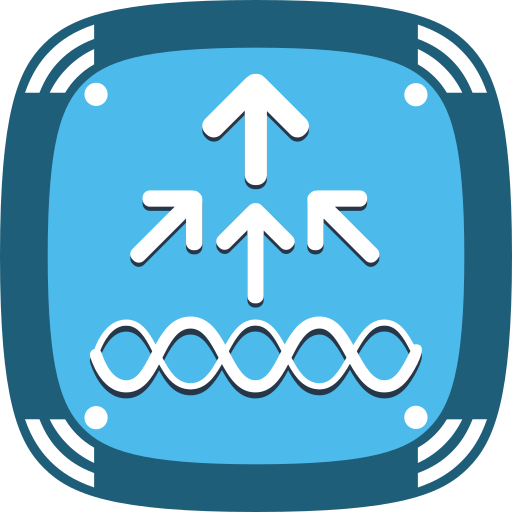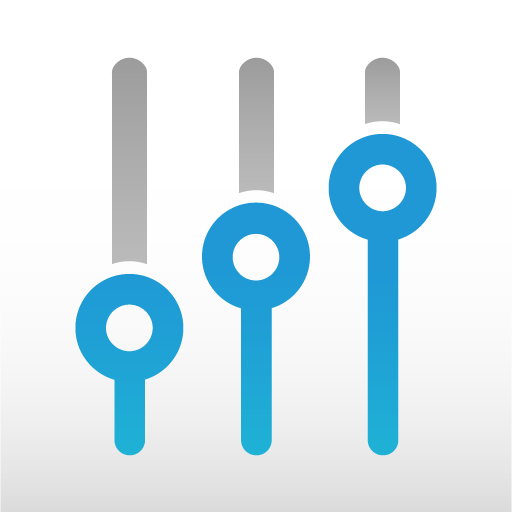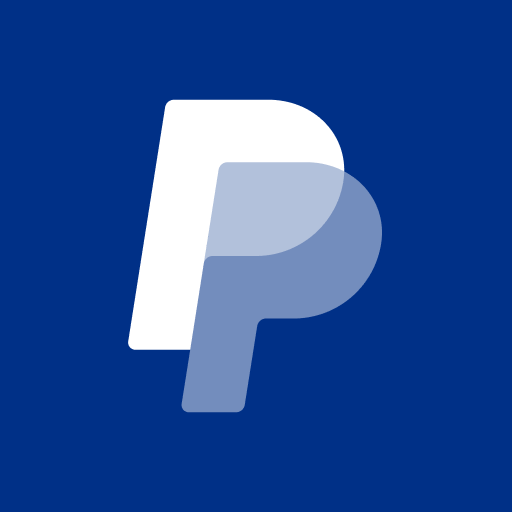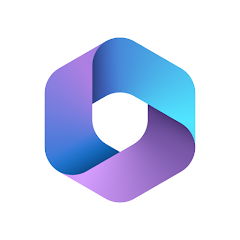Slack App
About this app
Slack is a powerful communication and collaboration tool that has revolutionized the way teams work together.
We explore the main features of Slack, how it works, and how to set up a workspace and invite team members.
Discover the numerous benefits of using Slack, such as improved communication, streamlined project management, and integration with other apps.
We address some potential downsides of using Slack and provide tips on how to use it effectively for team communication.
Whether you're a Slack beginner or a seasoned user, this article has something for everyone looking to enhance their team's productivity and communication.
What is the Slack App?
The Slack App is a versatile messaging platform and communication tool designed for workplace collaboration and team messaging.
It plays a pivotal role in enhancing communication efficiency by offering channel-based messaging, where team members can join specific channels related to projects or topics.
In addition to fostering real-time conversations, Slack also facilitates seamless file sharing, allowing users to exchange documents, images, and other files effortlessly within the platform.
With its user-friendly interface and integration capabilities, Slack streamlines communication processes, making it easier for teams to coordinate tasks, share updates, and stay connected regardless of physical location.
What are the Main Features of Slack?
Slack offers a range of features that empower users in their communication and collaboration efforts. These include real-time messaging, seamless file sharing, productivity tools, and channel-based messaging.
Real-time messaging in Slack ensures that conversations occur instantly, allowing for efficient decision-making and quick responses. The seamless file-sharing feature enables users to effortlessly exchange documents, images, and other files directly within the platform, eliminating the need for cumbersome email attachments. With built-in productivity tools like reminders, integrations with other applications, and customizable notifications, users can optimize their workflow and stay organized. Channel-based messaging allows for structured communications, enabling team members to collaborate effectively within designated channels.
How Does the Slack App Work?
The Slack App operates as a cloud-based collaboration platform that facilitates instant messaging and fosters seamless workplace communication for effective team collaboration.
Users can create different channels within Slack to organize conversations based on projects, departments, or topics, making it easy to streamline communication and keep everyone on the same page. Its file sharing capabilities also enhance collaboration by allowing team members to easily upload and access documents, images, and videos in real-time. Slack integrates with various other tools and services, such as Google Drive and Trello, further improving productivity and workflow efficiency within the workplace.
How to Set Up a Workspace on Slack?
Setting up a workspace on Slack is a straightforward process that involves creating a collaborative environment for seamless workplace communication and user-friendly interface.
- To begin, create an account on Slack by entering your email address and setting a secure password.
- Once your account is set up, you can customize your workspace by adding channels for different teams or projects.
- Encourage team members to join the workspace to foster collaboration and communication.
- Utilize features like direct messaging, file sharing, and integration with other tools to streamline workflows.
- Take advantage of Slack's intuitive interface to easily navigate between channels and messages, ensuring efficient communication within your team.
How to Invite Team Members to Slack?
Inviting team members to Slack involves leveraging its collaboration platform to grant user permissions and facilitate seamless communication and collaboration.
Once the invitation process is initiated, administrators can specify the level of access each team member receives, ensuring that individuals have the appropriate permissions to contribute effectively. Through the user-friendly interface, users can swiftly interact, share files, and coordinate tasks within dedicated channels. This streamlined approach enhances team collaboration by centralizing discussions and project management, making it easier to stay organized and aligned on goals. Slack's versatile features, such as integrations with other tools and customizable notification settings, further optimize communication and productivity for teams of all sizes.
What are the Benefits of Using Slack?
Using the Slack App offers numerous benefits, including improved communication and collaboration, streamlined project management, seamless integration with other apps, and customizable features for flexible usage.
The platform's chat features allow team members to communicate in real-time, fostering quick decision-making and problem-solving. Its project management tools enable efficient tracking of tasks and deadlines, enhancing productivity. With its seamless integration capability, users can easily connect Slack with popular apps like Google Drive and Trello, streamlining workflow and centralizing information. The option to customize notifications and channels ensures that users can tailor their experience to suit their preferences and work style, boosting efficiency and engagement.
Improved Communication and Collaboration
One of the key benefits of using Slack is the improvement in workplace communication and team collaboration, transforming the platform into a virtual workspace that fosters seamless interaction.
By providing a centralized hub for messages, files, and collaboration tools, Slack streamlines communication within teams and across departments. Its real-time messaging feature allows team members to stay connected instantly, reducing delays in decision-making processes. Slack's integration with various productivity tools enhances workflow efficiency, making it easier to manage projects and tasks. The ability to create specific channels for different projects or topics ensures that discussions remain organized and accessible to relevant team members, fostering a collaborative environment where ideas can freely flow.
Streamlined Project Management
Slack facilitates streamlined project management by offering features for effective task management, seamless file collaboration, and improved team productivity.
- Through its task management tools, Slack allows teams to create tasks, assign deadlines, and track progress easily.
- With the ability to integrate popular project management apps like Trello and Asana, users can access all their tasks in one centralized location.
Slack's file collaboration capabilities enable team members to share documents, spreadsheets, and other files effortlessly, promoting seamless communication and a unified workflow. These features combined contribute to a boost in team productivity, as team members can stay organized, communicate effectively, and collaborate efficiently within the platform.
Integration with Other Apps
Slack's integration capabilities extend to seamless connections with various third-party apps, productivity tools, and the implementation of Slack bots for enhanced functionality.
These integrations allow users to streamline their workflow by pulling data from multiple sources directly into Slack, creating a centralized hub for collaboration.
By integrating with third-party app integrations such as Google Drive, Trello, and Zoom, users can easily access and share files, tasks, and even conduct virtual meetings without leaving the Slack platform.
Leveraging productivity apps within Slack helps users automate tasks, set reminders, and track deadlines more efficiently, ultimately boosting productivity and efficiency within teams.
Customizable and Flexible
Slack offers a customizable and flexible environment through features like customizable settings, user permissions management, robust data security measures, and efficient channel management.
Users can tailor their Slack workspace to suit their specific needs by adjusting settings for notifications, themes, and integrations. With comprehensive user permissions, team admins can control access levels for each member, ensuring data security. Slack's data encryption and compliance certifications bolster the platform's security. Channel management options enable users to organize discussions effectively, create private channels for confidential conversations, and integrate external tools seamlessly for enhanced productivity.
Are There Any Downsides to Using Slack?
While Slack offers numerous benefits, there are potential downsides such as distractions, overwhelming features for some teams, and the cost factor, which can impact its overall effectiveness.
One common issue users face is the constant influx of notifications, which can be distracting and lead to reduced productivity. The wide array of features offered by Slack may overwhelm some users, making it challenging to navigate and utilize the platform efficiently. As teams expand and require additional features, costs can escalate, potentially straining budgets and diminishing the user experience. Managing notification settings effectively can help mitigate distractions, but it remains crucial to balance the benefits and drawbacks of Slack for optimal usage.
Can Be Distracting
One downside of using Slack is that it can be distracting due to the constant flow of messages, requiring effective message organization through chat channels and threaded conversations.
When messages are continuously pouring in without any structure, it's easy to lose track of important conversations or tasks. By utilizing chat channels, individuals can categorize discussions based on topics or teams, allowing for better focus and easy access to relevant information. Threaded conversations further enhance message organization by keeping related discussions connected and preventing clutter in the main channel feed. This organized approach not only minimizes distractions but also ensures that conversations are neatly archived for future reference.
Can Be Overwhelming for Some Teams
For certain teams, Slack's features may be overwhelming, highlighting the need for a user-friendly interface that promotes team engagement within a structured digital workspace.
Some teams find themselves struggling to navigate through the multitude of functions and integrations available on the platform, leading to confusion and decreased productivity. A user-friendly interface plays a crucial role in fostering team engagement, as it simplifies communication, task management, and collaboration. By streamlining processes and providing intuitive tools, team members can focus on their objectives rather than getting lost in the complexity of the digital workspace. In essence, an accessible and well-designed interface can significantly enhance team dynamics and overall performance within Slack.
Can Be Costly for Larger Teams
The cost factor of using Slack can be a concern for larger teams, especially those requiring cross-platform compatibility for remote teams working on collaborative projects.
Larger teams often face challenges related to the cost implications of utilizing Slack for seamless communication. Managing costs efficiently while ensuring smooth collaboration on team projects across different platforms proves to be a crucial aspect. With remote teams becoming more prevalent, the need to balance the expenses associated with multiple users, premium features, and integration capabilities becomes paramount. Factors like subscription plans, user limits, and additional features required for effective project management need careful consideration to optimize expenses without compromising on productivity.
How to Use Slack for Effective Team Communication?
Utilizing Slack for effective team communication involves setting clear guidelines, utilizing different channels for various topics, leveraging Slack integrations for streamlined workflows, and fostering collaboration and feedback.
To enhance task management within Slack, teams can create dedicated channels for specific projects or tasks, ensuring conversations and files related to each task are centralized. By integrating task management tools like Trello or Asana with Slack, teams can seamlessly track progress, assign tasks, and receive notifications directly within the platform. Utilizing features like Slack polls and shared calendars can help teams coordinate meetings and deadlines more efficiently, promoting better collaboration and overall productivity.
Set Clear Communication Guidelines
Establishing clear communication guidelines on Slack is essential for ensuring effective internal and external communication, enabling message search functionality for reference and information retrieval.
When communication guidelines are well-defined, team members are better equipped to navigate through the vast array of information shared on Slack, fostering a collaborative and organized work environment.
A structured approach to communication not only streamlines the flow of information but also prevents misinterpretations and misunderstandings. With clear guidelines in place, employees can easily locate past discussions and key details, leading to quicker decision-making and more efficient project management.
The proper utilization of communication guidelines on Slack can significantly enhance internal communication processes and ultimately contribute to the overall success of the organization.
Utilize Different Channels for Different Topics
Using different channels on Slack for different topics promotes organized information sharing, teamwork, and facilitates easy access to chat history for reference and continuity.
This strategy creates a structured approach for team members to communicate and collaborate effectively based on the relevant subject matter. By leveraging distinct channels, individuals can easily locate and contribute to discussions specific to their expertise, boosting overall productivity. The ability to maintain chat history allows for seamless tracking of progress, quick retrieval of information, and ensures that no key insights or decisions are lost in the vast sea of communication. The dynamic nature of channel management offers flexibility and customizability to cater to diversified team needs, enhancing overall efficiency.
Use Slack Integrations to Streamline Workflows
Leveraging Slack integrations can streamline workflows by incorporating third-party app functionalities, enhancing productivity features, enabling screen sharing, and facilitating video calls for seamless communication.
By incorporating various integrations into Slack, teams can significantly improve their productivity. With features like automated notifications and reminders, users can stay on top of tasks and deadlines effortlessly. The screen sharing capabilities offered by Slack enable teams to collaborate more efficiently, reducing the need for multiple back-and-forth emails. The video call feature further enhances communication by allowing face-to-face interactions regardless of geographical locations, strengthening team bonds and speeding up decision-making processes.
Encourage Collaboration and Feedback
Encouraging collaboration and feedback on Slack boosts team building efforts, supports remote work functionality, and optimizes notification settings for efficient communication.
By promoting collaboration on Slack, team members can develop a sense of camaraderie and trust, ultimately leading to increased productivity and morale. The platform also serves as a crucial remote work tool, facilitating seamless communication and project coordination despite physical distances. Optimizing notification settings on Slack ensures that team members stay informed without feeling overwhelmed by constant alerts, fostering a more balanced and focused work environment.
Related Apps
-
Cisco Catalyst WirelessGETBusiness
-
NETGEAR InsightGETBusiness
-
ControlSpace Remote CustomGETBusiness
-
My Verizon For BusinessGETBusiness
-
Save A Lot FLGETBusiness

